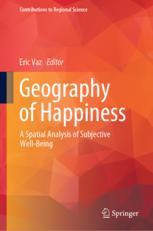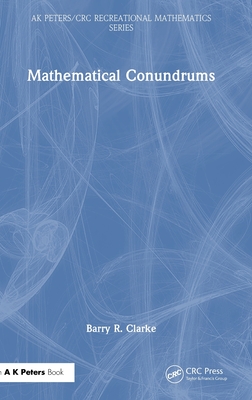
Geography of Happiness(Contributions to Regional Science)
幸福的地理学:主观幸福感的空间分析
城市经济学
¥
1548.75
售 价:
¥
1239.00
优惠
平台大促 低至8折优惠
发货周期:通常付款后3-5周到货!
作 者
出版时间
2022年12月17日
装 帧
精装
页 码
220
语 种
英文
版 次
2023
综合评分
暂无评分
- 图书详情
- 目次
- 买家须知
- 书评(0)
- 权威书评(0)
图书简介
This book offers readers a spatial understanding of happiness and subjective well-being. By integrating spatial and geostatistical methods, it sheds new light on the spatial and geographical aspects of subjective well-being. Geographical analysis allows us to measure spatial and regional discrepancies in subjective well-being and to identify heterogeneous profiles in terms of social, economic and environmental patterns. Consequently, the papers gathered here address various topics concerning the spatial aspects of subjective well-being, including social injustice, age, new urban spaces, and tourism. The book proposes a multidisciplinary approach and is intended for scholars and students in the fields of geography, economics and the spatial sciences. By examining several critical dimensions of happiness and subjective well-being, it enriches the complexity of regional decision-making on the path toward happier and more liveable societies.
本书暂无推荐
本书暂无推荐













